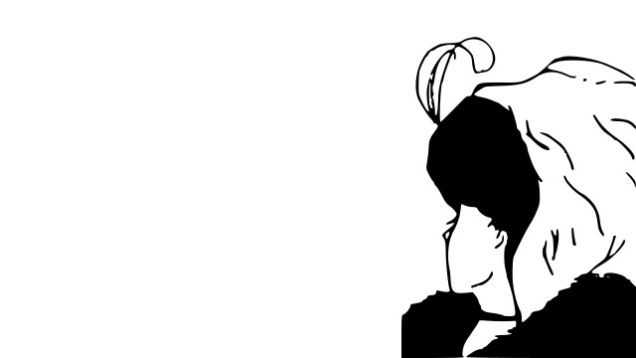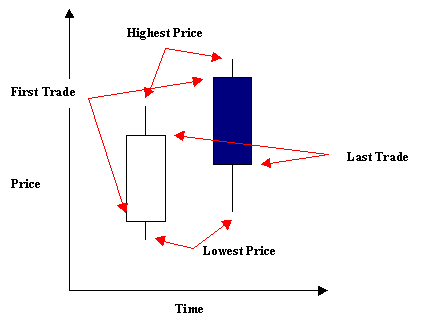The illlusion of candlestick patterns
Post on: 16 Март, 2015 No Comment

The illlusion of candlestick patterns
The illlusion of candlestick patterns
I’ve been doing some demo FX trading on simulation lately and the empirical results have been interesting to say the least w.r.t. various candle formations. I haven’t filled out a spreadsheet but I’ve gone through well over 100 hundred trades with this, which is a lot on the time frames I’ve been looking at.
In the main I’ve been testing S/R, trend lines — either drawn or MA based on weeklies and dailies. These time frames are not necessarily what I plan to trade but these formations are supposed to be more reliable so seem the logical place to start. Most of the trades I’ve been looking at are trend retracements/continuations and breakouts.
Everywhere you read about certain bars meaning certain things (I understand logically and psychologically what they signify) and that you should always wait for the bar to close for confirmation. This always looks great on a chart in hindsight.
But hold on. these pictures are just illusions, they are not price, there’s more going on than the bar tells us. What I’ve found is that while there may be a slight edge with some of the formations you are in a lot of cases also increasing your risk.
Overall with my testing I’ve found that by following known formations I ended up with a loss, by ignoring them and just playing the levels I ended up in profit.
Increasing risk how so? Take an outside bar bouncing off support. By the time the bar has closed a lot of the move may have already happened. Lets assume for one wild moment that we may actually have NO idea where price is going to go from here because. we don’t. We might be expecting it to do something because of various texts we have read but we do not KNOW.
So we place our order north of the bar and our stop just south of it, seems reasonable and logical. Most times this gives us quite a large stop, we reduce position size accordingly. Price will then either take off north (great), take off, stall and come back, either taking out a b/e stop, retracing up the candle and then continuing back north, or taking out the original stop.
What I’ve found (but will need to do further work on) is that if other factors are in place (especially a nice juicy round number) it seems more reliable to just play the level itself placing the order (if going long) above the level and the stop below. This way the initial stop can be placed further away from S/R for the same size stop as before, or closer to. But without our bar how do we know where to put the stop? Oh that’s forever the question isn’t it.
Reliability of the entry is further increased by allowing price to retrace past where the entry will be placed (maybe even our initial thoughts on stop and then place the actual stop just below this), place the order and then wait for price to come back, moving in the right direction — essentially a rejection of S/R just the same as an outside bar/pin bar etc but not looking or waiting for a particular bar shape, just watching which way price is moving.
I’m sure looking into more detail on the shorter time frames at these levels will throw more light on these trades but it seems that looking for exact patterns does a couple of things:
1. It greatly reduces potential trades -on the weeklies for example you are going to be waiting a hell of a long time for a pin bar at a level:

2. It gets us in late
3. It can mean that we have a large stop with either increased risk/smaller position size
4. It doesn’t seem to increase success rate.
Am I away with the fairies here?
__________________
Entry is the least of your worries














